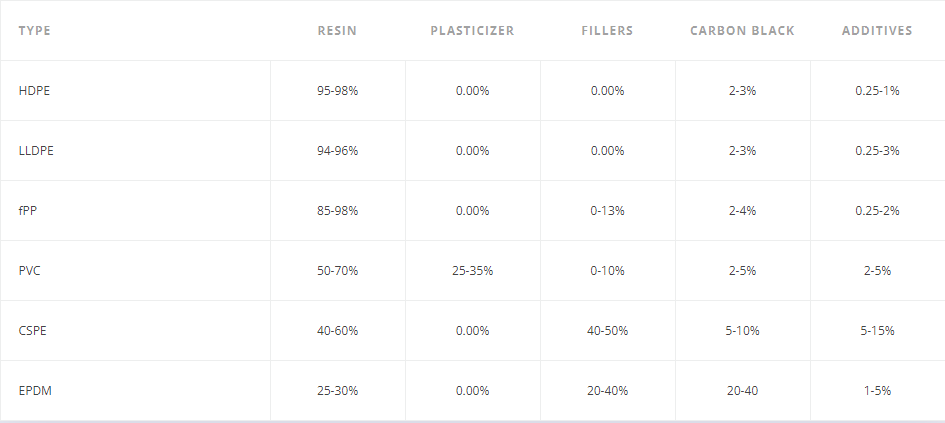Comparing various geomembranes for your next geosynthetic application? Don’t overlook high-density polyethylene (HDPE) geomembrane. HDPE has been in use for decades and during that time a number of studies have been conducted to test its longevity and ability to meet environmental sustainability project requirements. Here, we explore some of those studies to examine the benefits of HDPE compared with other geomembranes types such as polyvinyl chloride (PVC).
How Does HDPE Compare With PVC and Other Geomembrane Types?
As a waterproofing liner, a HDPE geomembrane is favored over other materials for its modest economic and operational advantage. Economically, HDPE geomembrane is superior thanks to its relatively straightforward manufacturing process, which has driven up supply and kept prices low in contrast to other kinds of geomembranes. As more design engineers become familiar with the material, growing competence in its use further promotes its market dominance and economic edge over competing products.
Table 1. Types of commonly used geomembranes and their approximate formulations based on weight percentage (from reference 1).

Secondly, HDPE has been favored for its physical properties (See Table 1). While tests run on PVC and HDPE show very few practical differences, HDPE does tend to outperform PVC and other geomembranes in areas such as resistance to folding damage and dynamic impact (2). Furthermore, the material is a very stable polyolefin that is chemically inert and able to maintain long-term integrity and durability. These properties make the HDPE geomembrane a popular choice to waterproof and seal landfills and other containment applications.
HDPE geomembrane can also be manufactured with additives to amplify certain qualities.
How Does the HDPE Geomembrane Contribute to Environmental Sustainability?
Compared with other geomembranes, HDPE has the highest theoretical unexposed service life at >100 years. This high service life potential makes HDPE a powerful tool for environmental sustainability efforts such as the safe closure of a landfill.
In the case of exposed liner, one study, a HDPE geomembrane exposed to 10 years of ultraviolet radiation and wastewater showed no significant change in physical properties (e.g., tensile, tear, puncture, and carbon black). The only observed difference was in tensile elongation and melt index, both believed to be a result of material cross-linking as a result of UV exposure. However, sunlight exposure over the 10-year period did little to impact most of the material’s properties insomuch that it was nearly indistinguishable from a newly manufactured sample (3).
The study demonstrates the capable role of HDPE geomembrane in environmental sustainability. Furthermore, it suggests that today’s HDPE can be expected to perform at a higher level thanks to technological improvements in resin stabilization and sheet manufacturing techniques.
References
● Koerner, R. M., Hsuan, G., Koerner, G. R., “Geomembrane Lifetime Prediction: Unexposed and Exposed Conditions.” Geosynthetic Institute. (2011). http://www.geosynthetic-institute.org/papers/paper6.pdf.
● Blanco M. et al., “Comparative study of three different kinds of geomembranes (PVC-P, HDPE, EPDM) used in the waterproofing of reservoirs.” Eurogeo. (2012). https://hal-sde.archives-ouvertes.fr/hal-00763745/document.
● Sarsby, R. and Meggyes, T., “Construction for a Sustainable Environment.” Ch. 6 Landfills (2009).
Post time: Sep-18-2022
